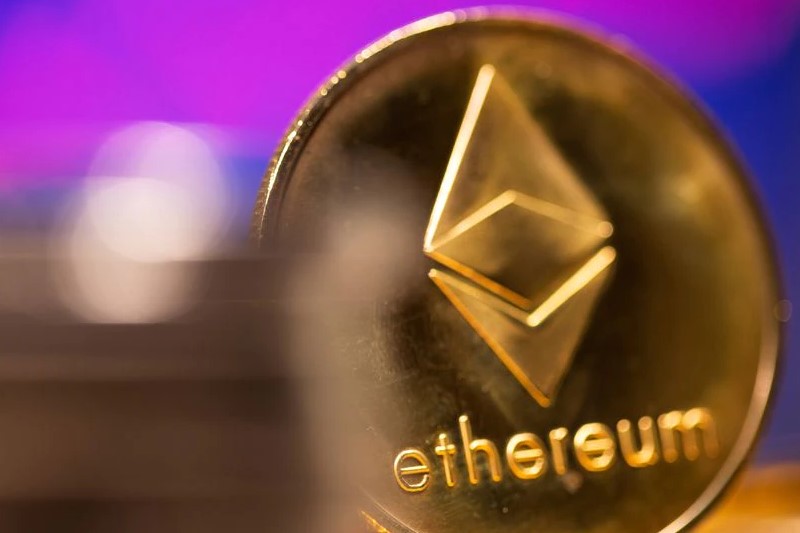Not all investors love day trading, a strategy that requires constant commitment to be successful. Among the many crypto enthusiasts who prefer to buy coins and keep them in their wallets, the practice of staking has become very popular.
Blockchain technology is now used for very different projects, and the one we will talk about in this review is one of the latest to appear on our radar. Shortage.Finance was born with the ambition to establish itself as a safe asset-backed by Ethereum (ETH).
The project’s team has recently launched its own token on the market. The initiative is very recent, and we will monitor its evolution in the future.
Table of contents
- What is Shortage.Finance?
- The RTG token
- What is the point of locking liquidity?
- The holding mechanism
- About the price floor
- How to get started on Shortage.Finance
- Creating a wallet
- Funding your wallet
- Trading & holding
- About the team
- Final thoughts
What is Shortage.Finance?
Shortage.Finance is a new initiative aiming to target crypto enthusiasts who prefer long-term trading to short speculative operations. In order to do so, the project’s development team is working on the realization of a safe asset-backed by Ethereum.
We can sum up its main features as follows:
The RTG token
The RTG token was officially listed on Uniswap V2 just a few days ago. Following a starting price equal to $0.00002545, at the time of writing, the coin reached $0.00042801, recording a +1,581% in a few days.
Of course, as the project’s owners remind us, one should not see Shortage.Finance as a short-term type of investment. While it is not surprising to see high speculation on a newly launched coin, the market trend will likely tend to be less volatile over the long term.
RTG has a total supply of 2 bln coins, and liquidity is wholly locked, forever.
What is the point of locking liquidity?
Not all crypto projects are launched by honest developers, and readers may already have heard of the rug pull phenomenon. In the past, we observed new coins entering the market and collecting funds, only to disappear in a rush leaving investors without their money.
Legit project teams in the blockchain industry are doing everything in their power to increase the level of guarantee towards investors. This is why we see more and more often cases in which new project owners lock away their crypto liquidity.
The holding mechanism
Each transaction in RTG comes with a 10% fee, having the point of redistribution to token holders. It is essential to keep in mind that the tokenomics of this project uses a 50/50 burning system. In other words, half of the liquidity is burned, and the other half is available to the market for exchanging and redistribution.
For this reason, only 50% of the previously mentioned fee is sent to holders, while the other half is burned.
About the price floor
The mechanism of the initiative makes it so that every RTG token bought on the market is instantaneously replaced by ETH at the current exchange rate. Following the 50/50 mechanism previously mentioned, a part of the transaction is sent to a burn wallet.
Therefore, from a strictly mathematical point of view, the amount of ETH in the system is always more than enough to counter-balance the sold liquidity. The aim of this system is, consequently, to increase the RTG price following each transaction.
To put this in other terms, the network has a growing non-withdrawable amount of ETH to back up the RTG system.
How to get started on Shortage.Finance
Anyone who wants to join the project community can use all the available channels (Twitter (NYSE:TWTR), Telegram, and Reddit). We list below the few steps that one needs to complete in order to get started on Shortage.Finance:
Creating a wallet
Many exchanges and P2P networks online offer the possibility of opening a crypto wallet, which is the main prerogative anyone needs to join the project.
Funding your wallet
Cryptocurrency exchanges offer the possibility to obtain ETH, which traders need to position on their wallets.
Trading & holding
By using Uniswap, it will be possible to buy or sell RTG online. Following the mechanism described above, holding will let anyone increase the RTG amount they own.
About the team
Shortage.Finance’s founding team exists, but it actually has no control over the project. This is an intentional move operated by the developers, with liquidity and smart contract ownership being locked away to a dead wallet address.
Final thoughts
At the time of writing, RTG had 20 holders. The whole system relies on its self-backing algorithm, with the use of ETH, to bring a safe-backed token to the market. Knowing that many crypto enthusiasts may feel frustration when facing a highly volatile market phase, projects like Shortage.Finance can prove their value.
